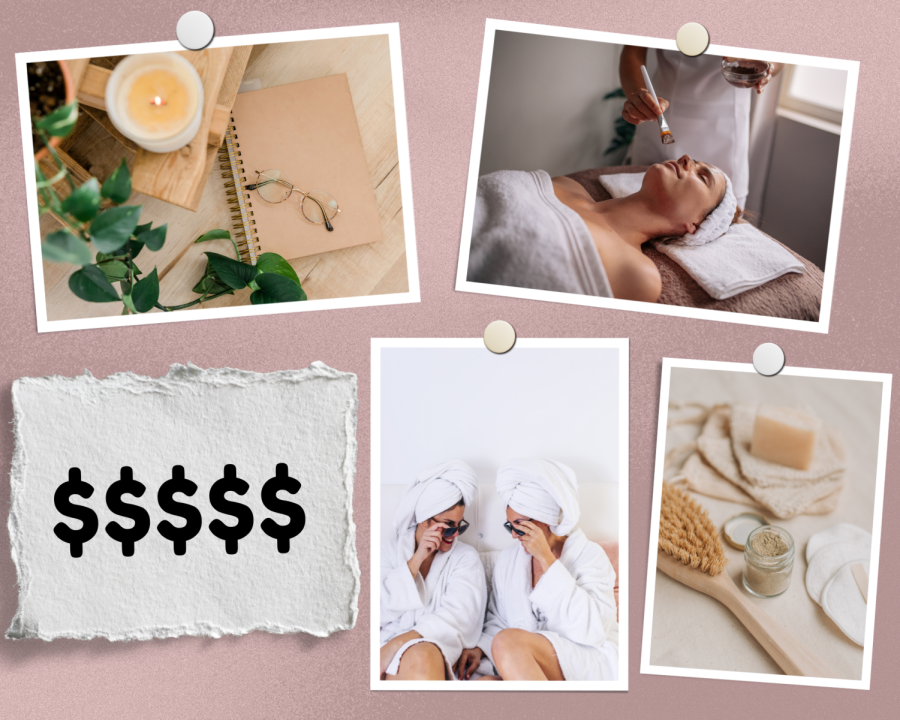Must Spend $$ To Be Healthy…
“Buy this ‘all-natural shampoo!’” “This Pilates class is amazing! Only $350 a month!” “This green drink will change your life for the low, low price of $89.99 for 20 oz!” Everywhere you turn, someone is offering to sell you something in the name of magically bettering yourself. Especially following the rise of short-form content spreading rapidly all over social media, wellness culture has turned increasingly into a business rather than a lifestyle.
The most widespread form of wellness culture in the media is one that guarantees results for physical and mental health, based on a wide variety of different methods. However, most of these “methods” promoted by the media require a lot of monetary commitment. Whether it’s Tiktoks that showcase a certain brand of skin care products or online posts about experiences like spas and energy healers, there’s a huge glorification online of marketing disguised as aesthetic videos.
The wellness sector of the global economy has boomed into a multi-trillion-dollar industry. According to the Global Wellness Summit, even back in 2017, just the Personal Care and Beauty subsector of the wellness industry made over $955 billion, and the ‘Healthy Eating, Nutrition, and Weight Loss’ subsector made around $964 billion. The wellness market is currently valued at around $4.4 trillion and expected to grow to over $5 trillion by 2030.
One problem with this constant push for buying is that it promotes unsustainable consumerism. Just like everything else, the wellness market relies heavily on unsustainable packaging such as plastic, which does more harm than good to the environment. And while it is true that this sector of the economy seems to be more environmentally conscious than others, the small percentage of businesses that sustainably make and market their products usually sell them for many times the price of their less ecological counterparts. Because this further urges buyers to spend more money in the name of ‘saving Mother Nature’, it can create immense pressure and guilt for people who are unable to afford such expensive products.
The hype around consumerist wellness culture also encourages the idea that to be happy and healthy or to feel a certain way, you need to have certain things and live a certain lifestyle. The mentality that spending money is the way to be healthy has become so deeply ingrained into our society that it’s often subconscious. If we think about ‘self-care’, for instance, we usually think about spas, massages, and fitness classes. These things typically cost a lot of money, and even time; this makes them impractical for the average person. Online, even the more ‘practical’ suggestions, such as journaling and taking baths, have become glamourized for the aesthetic, in the sense that it seems like one must have a super cute journal and write with fancy pens, or shower with the finest products at all times and bathing in giant bathtubs with a perfect view of the city. All of this just summarizes into one big arrow pointing in the direction of emptying your wallets as the best way to look and feel better.
Of course, this doesn’t mean that people should stop getting spas and massages, stop trying to be more sustainable or stop journaling and taking warm baths. The point is not to have such a monetary view on wellness. After all, it is about how well you feel as an individual, what rituals you have for yourself, and what works for you, not some one-size-fits-all definition imposed upon us by sellers and advertisers. Do what makes you feel good, happy, and healthy.






